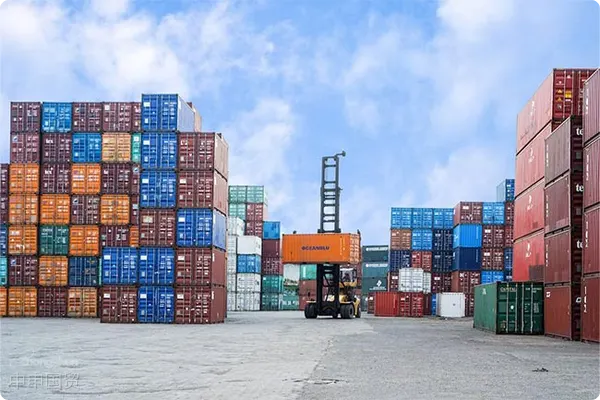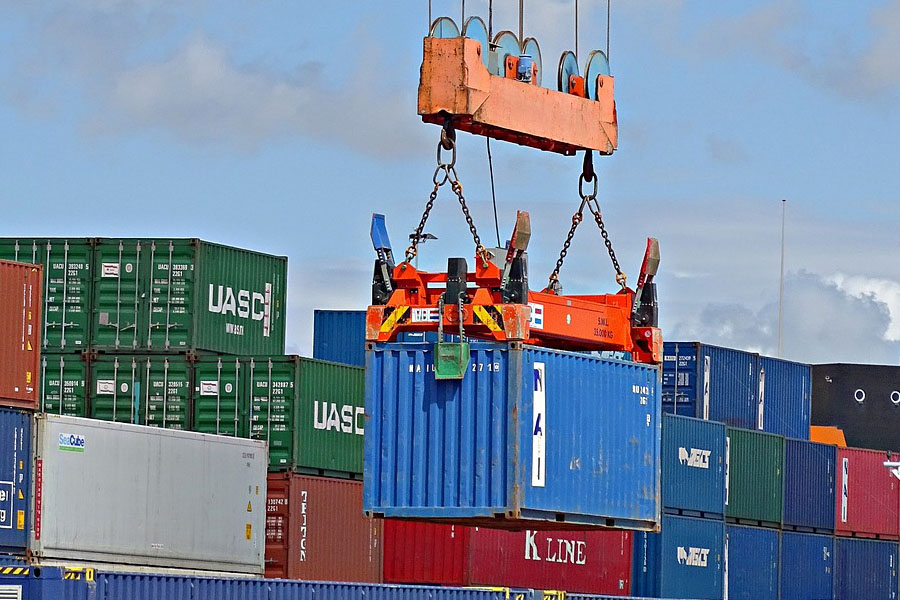- Shanghai Zhongshen International Trade Co., Ltd. - Two decades of trade agency expertise.
- Service Hotline: 139 1787 2118

Contents
ToggleMedical EquipmentThe transformation of the import industry.
As of the first quarter of 2025, China's ophthalmic diagnosis and treatmentEquipment ImportsThe total amount increased by 18.7% year-on-year, with refractive surgery systems and optical coherence tomography (OCT) accounting for the major share. Against the backdrop of the latest revision to the "Regulations on the Supervision and Administration of Medical Devices,"Import RepresentationBusinesses need to pay special attention to Class III medical devices.Validity period of CFDA certificationandClinical evaluation dataUpdate requirements.
Core Competency Matrix for Professional Agency Services
- Regulatory access capability
- Processing time for medical device registration certificates (average reduced to 120 working days)
- Compilation of CE/FDA Certification Conversion Technical Documentation
- Logistics Solutions
- Shockproof and Temperature-Controlled System for Precision Optical Component Transportation
- Special Packaging Specifications for Biometric Instruments
Key Points for Risk Prevention and Control in Critical Links
Taking the import of corneal topographers as an example, the following key points require attention:
- HS code classification disputes: A new dedicated subcategory for ophthalmic equipment will be added in 2025.
- Power adapter certification:3CDynamic changes in certification exemption conditions
- Software copyright registration: Compliance review of pre-installed software in the diagnostic system
Evaluation Criteria for High-Quality Service Providers
- Qualification threshold: Medical Device Business License + Customs AEO Certification
- Professional Team: At least 3 medical device registration specialists shall be allocated.
- Service network: Real-time response capability of bonded warehouses at major ports
Typical service case analysis
Case 1: Introduction of the German All-Femtosecond Laser System
When the agency service provider assisted in completing the transition from CE certification to CFDA certification, it was discovered thatLaser pulse frequency parameterDoes not comply with the national standard GB 7247.1-2025 requirements. Revise technical documents to avoid a 2 million RMB equipment retention risk.
Case 2: Cold Chain Transportation of Japanese Tonometer
To meet the -20°C constant temperature requirement for the sensor module, a segmented transportation plan is designed: Tokyo-Hong Kong (air cold chain) → Shenzhen (refrigerated land transport), with the entire process temperature fluctuation controlled within ±1.5°C.
Industry development trends in 2025
- Implementation of Medical Devices in the Guangdong-Hong Kong-Macao Greater Bay AreaIntegrated customs clearance
- Hainan Free Trade PortZero-tariff equipmentDirectory Expansion
- The China-EU Mutual Recognition List adds five categories of ophthalmic diagnostic equipment.
Choosing an imported agent for professional ophthalmic equipment is essentially about buildingRisk control systemandValue Creation SystemThe dual guarantee. It is recommended that enterprises start from the technical parameters of specific equipment, focusing on evaluating the agent's specialized medical device service experience and emergency response mechanisms.
Related Recommendations
Contact Form
? 2025. All Rights Reserved. Shanghai ICP No. 2023007705-2  PSB Record: Shanghai No.31011502009912
PSB Record: Shanghai No.31011502009912










